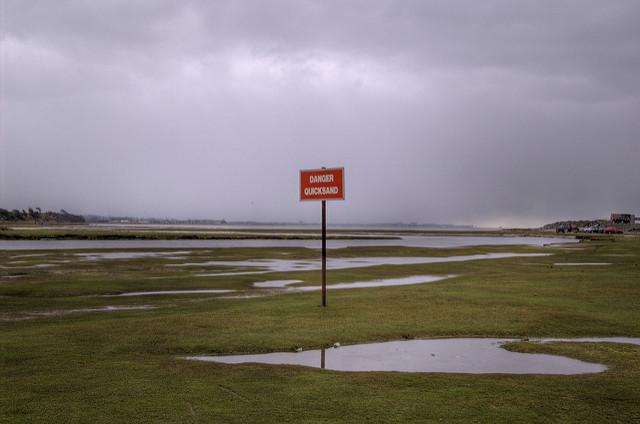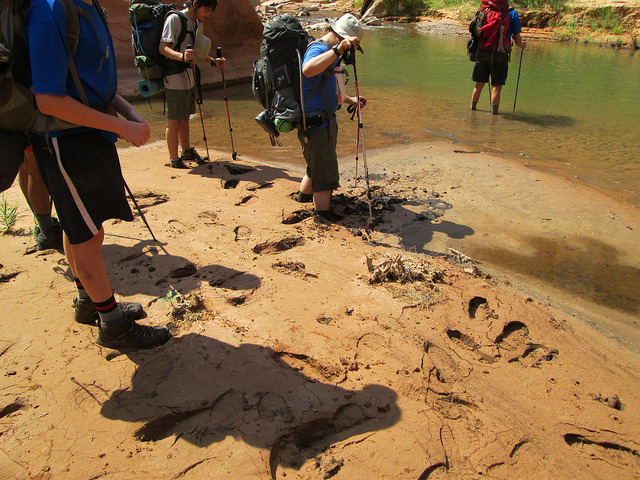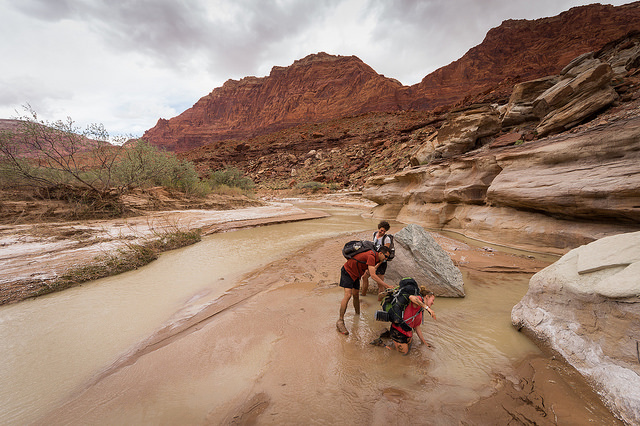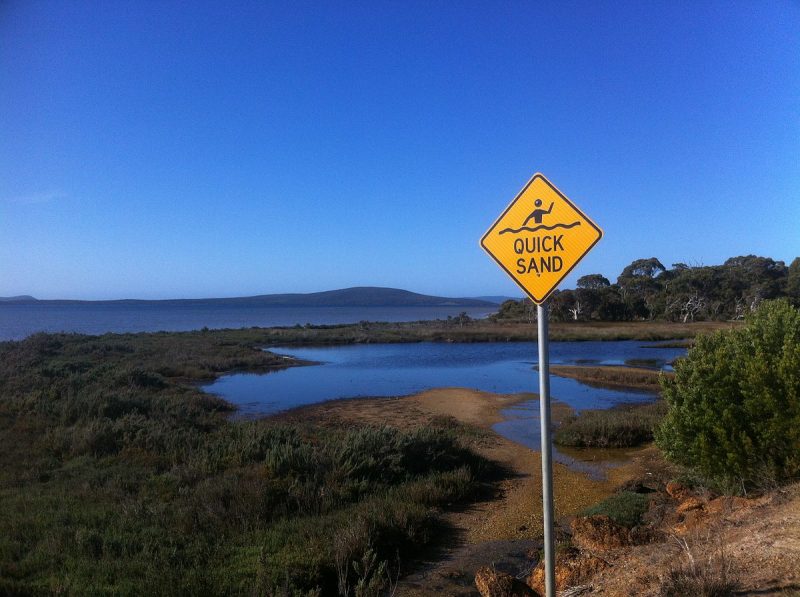How to escape from quicksand
Although TV shows represent quicksand as something truly terrifying and deadly, the fact of the matter is that it’s not. Sure, it can be tough sometimes, but most of the time it’s just a few feet deep and not an endless pit into which you might sink and disappear.
What is quicksand
Basically, quicksand is just sand with less friction between each of the particles. This happens because the sand gets saturated with so much water that it starts to resemble soup rather than actual sand. But what makes quicksand different from any other kind of sand that gets mixed with water? Well, unlike with other sands, the water in quicksand cannot escape and can no longer support the weight, so quicksand is formed.

There are two factors that cause quicksand. The first one is the source of underground flowing water. The water is forced upward into the sand, and due to the flowing water underneath it cannot escape. Also, earthquakes can increase the pressure of groundwater, and it thus liquefies the sand, causing the formation of quicksand.
Quicksand is more likely to form in areas near rivers, swamps, lakes, tidal flats, and underground springs, but it can form anywhere, and it’s not limited to any particular region in the world. It’s a normal phenomenon, and as we mentioned in the beginning, it’s rarely as scary and deep as the movies like to depict it as. Anyway, it’s important that you know how to escape it if you do get stuck in some.
Avoiding quicksand
If you manage to stay away of quicksand, obviously you won’t have to deal with the trouble of getting out of it. Make sure you are alert to the danger whenever you walk near a sand-based surface and watch out for any wet ripples in the texturing of the sand around. Although ripples are the first indicator that there might be quicksand, it’s not the definitive test. In any case, make sure you step over or go around that kind of sand.

If you’re still not sure, the next step is to poke the sand with a stick. When walking around sandy terrain, it’s smart to have a walking stick all the time. It can be very useful in helping you escape if you fall into quicksand. If after prodding the sand you notice that the ground is firm, it’s probably safe to step on it. But, if more water seeps out, or the stick sinks, avoid the area and don’t take any chances.
Escaping quicksand
If you somehow manage to end up in quicksand, the first and most important thing to do is not to panic. Have in mind that quicksand is rarely deeper than a few feet, so most likely it won’t cover your whole body if you sink all the way. The more you panic, the more you’ll sink into it. By keeping yourself calm and avoiding panic, you give yourself more time to find a way out.

The next step is to take everything heavy off and away from your body. If you’re wearing a backpack, take it off and toss it away from the quicksand. The heavier you are, the faster you will sink into the quicksand.
If the quicksand gets up to your hips, make sure you lay on your back to spread your weight and make it more difficult to sink deeper. If you have a walking stick, make sure you place it underneath your back in a horizontal manner. It will give you the right balance when attempting to escape from the quicksand. After that, slowly start to lift your legs. When you free your legs from the quicksand, start to crawl backward with your arms until you get to firm ground.
When you’re trying to extricate yourself from quicksand, make sure you take some quick breaks. The experience can be very exhausting, and you’ll need to regain your strength. The less energy you have, the smaller the chances of you escaping the quicksand. Make sure that the breaks are short, otherwise your legs become numb from the pressure of the sand.
Conclusion

As mentioned before, quicksand is not as dangerous and serious as you might think. Usually, you can sink only a few feet, and it’s very rare to step into a deeper and thus more threatening quicksand pit. However, it’s useful to know the technique needed to escape, if you end up in that situation.
Remember not to panic, stay calm, control your breathing, take your time, and avoid quick movements. Otherwise, you will only make the situation worse, and you might sink even faster. Stay safe!
If you have any comments then please drop us a message on our Outdoor Revival Facebook page
If you have a good story to tell or blog let us know about it on our FB page, we’re also happy for article or review submissions, we’d love to hear from you.
We live in a beautiful world, get out there and enjoy it. Outdoor Revival – Reconnecting us all with the Outdoors.





